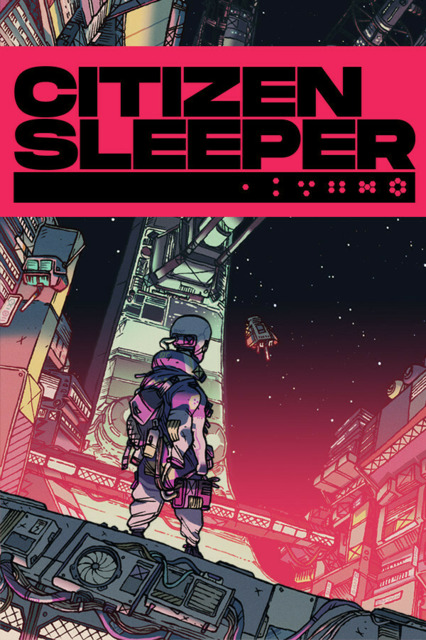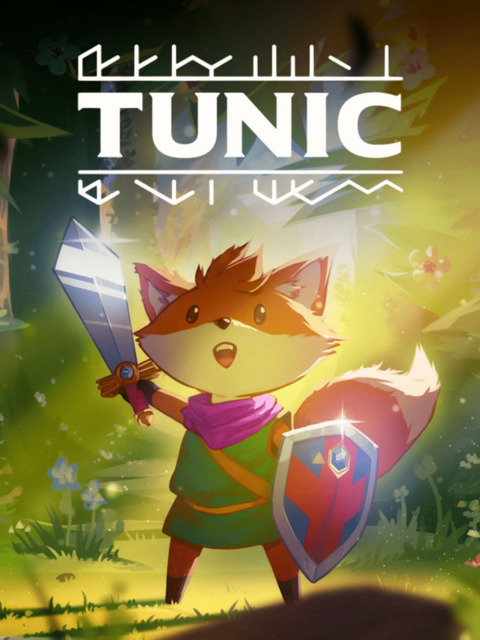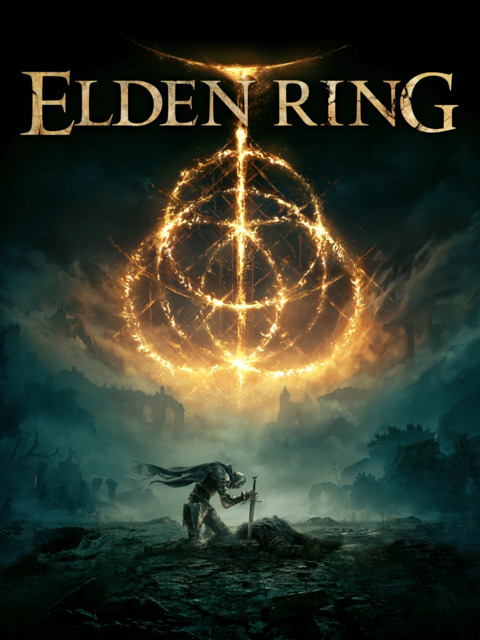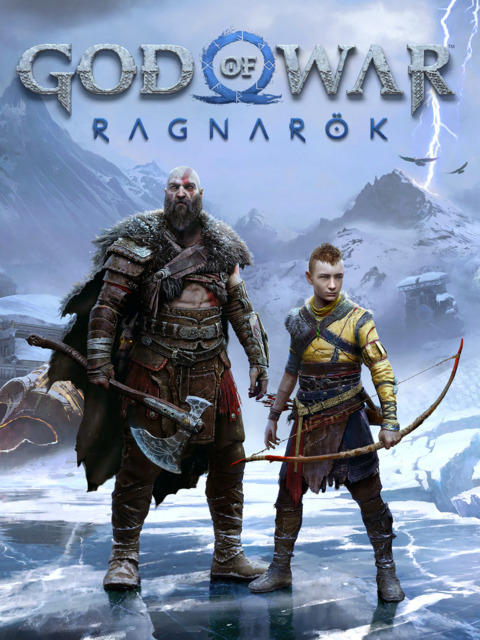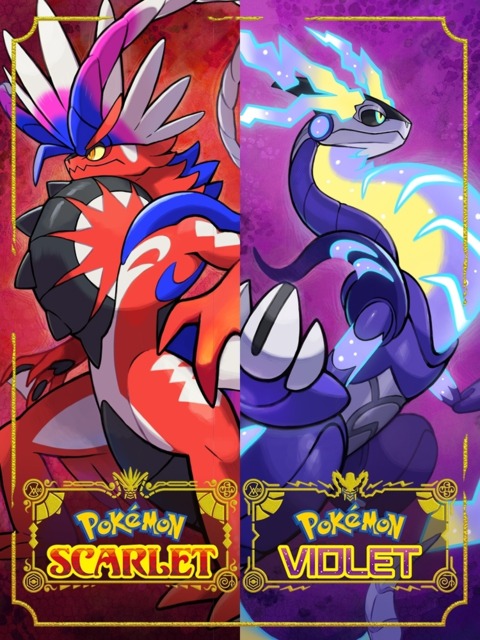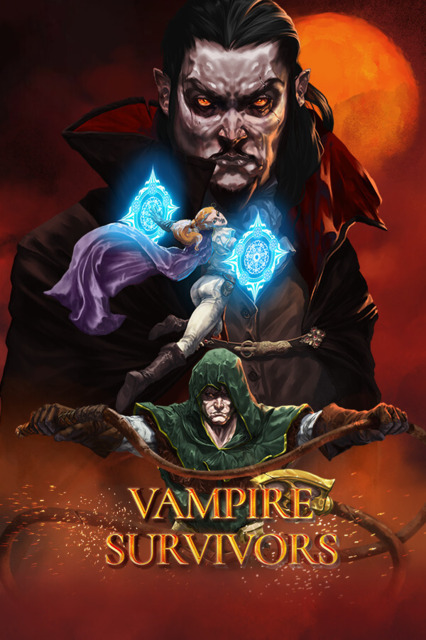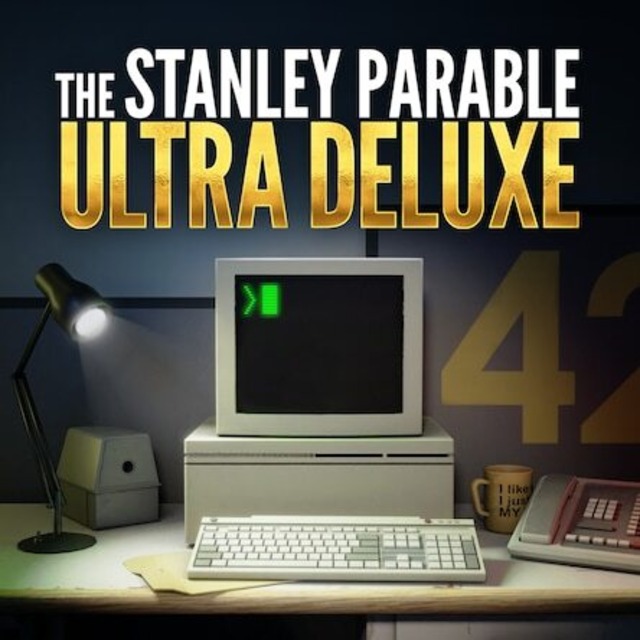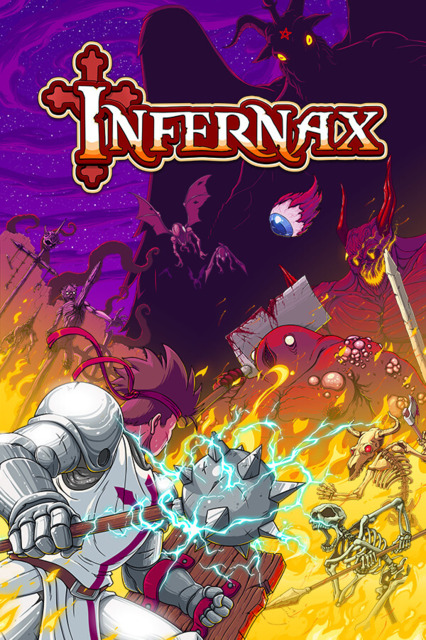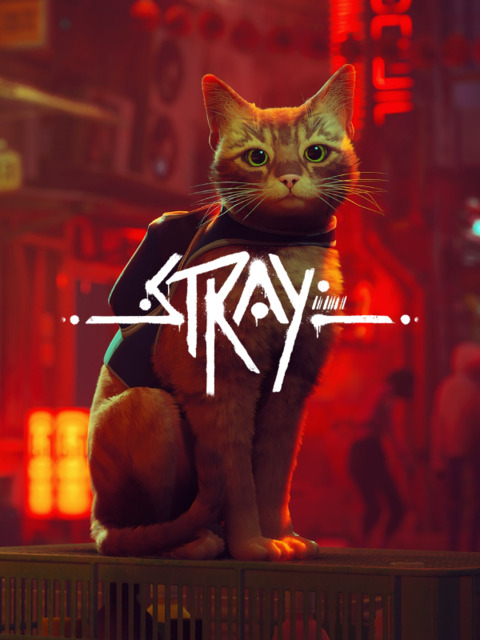Games of 2022
Hey, I finally had the bandwidth to write a full list out before the year was up! That's great. And the year's games were definitely worth it, too, there were some real bangers this year.
Some honorable mentions that I just didn't finish in time, but I bet would have been real contenders: Legend of Heroes: Trails from Zero, Pentiment, Live A Live, and Marvel's Midnight Suns.
Close calls that I felt really bad leaving off: Weird West, River City Girls 2, Shovel Knight Dig, and Kirby and the Forgotten Land

